Whether you’re a seasoned gardener looking for new ways to protect your plants or someone who’s just getting into gardening and curious about wood protection, today we’re going to look at the various options available for sealing wood in garden beds. Sealing wood helps prevent rot, keeps out pests, maintains soil moisture longer, and makes it easier to clean up debris at the end of every season.
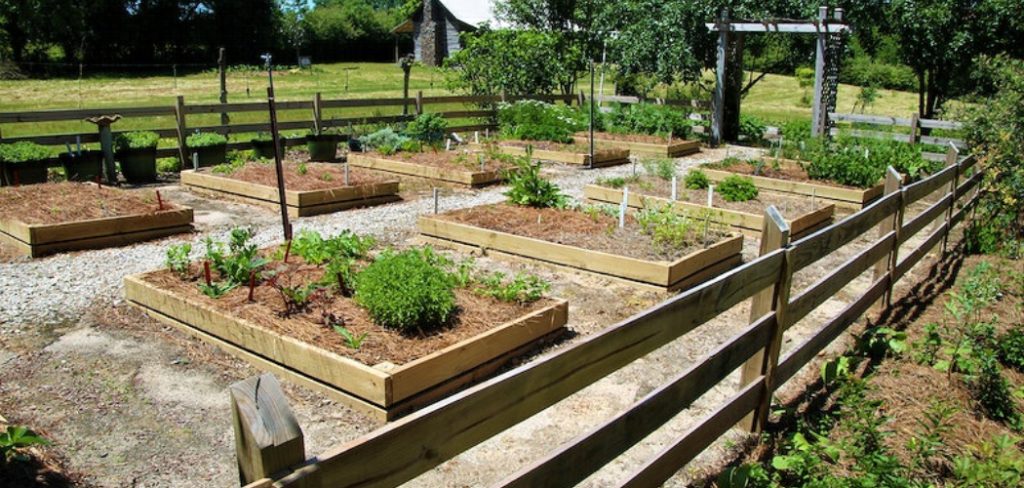
We’ll discuss different sealants on the market as well as natural methods that can be used to preserve your garden bed materials. By taking these steps on how to seal wood for garden bed now, you can enjoy years of healthy plants without having to worry about damage from external elements that so often take their toll on outdoor spaces over time. Let’s get started!
Why Do You Need to Seal Wood for Garden Bed?
1. Preserves Against Damages
Wood is a porous material and can be highly susceptible to rot, warping, and decay in outdoor environments. Sealing your wood with the right product helps preserve it against water damage and stops insects from using the wood as their nest or food source. It also adds a protective layer of insulation to keep soil moisture longer and prevents dirt from clinging onto the grain of the wood.
2. Enhances Longevity
By sealing your garden bed wood, you can ensure that it lasts for many seasons to come. Without protection against harsh elements and weather conditions, the material in your garden beds will degrade much faster than expected. Sealing it helps protect the wood from being damaged by moisture, wear and tear, and UV rays.
3. Improves Visual Aesthetics
Sealing your garden bed wood not only helps to protect it from damage but also enhances its visual appeal. Sealing the wood adds a glossy finish and brightens up the color of the material, increasing your outdoor space’s aesthetics. This is particularly beneficial if you’re going for a natural look in your garden space.
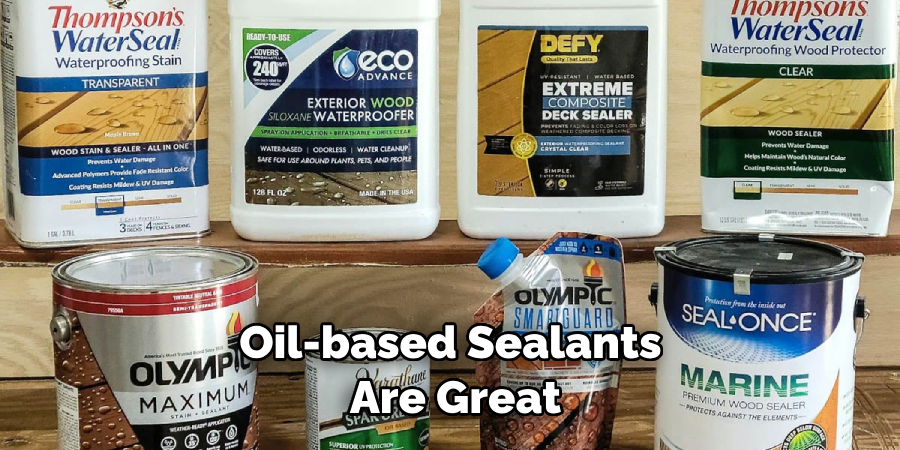
What Are the Different Types of Sealants?
When it comes to sealing wood for garden beds, there are several options available on the market. Here’s a quick look at some of them:
1. Oil-based sealant
Oil-based sealants are great for adding a glossy, non-toxic finish to the wood. They are mostly used for softwood and hardwood alike. The only downside is that they don’t last as long as other sealants and need to be reapplied every few years.
2. Polyurethane sealant
Polyurethane sealants penetrate deep into the grain of the wood, forming a tough protective layer. They are mostly used on hardwood and can last for up to 10 years without needing to be reapplied.
3. Shellac sealant
Shellac sealants are also great for protecting wood from rot and decay. They form an invisible barrier around the wood that helps keep out moisture and other elements. It’s important to note that shellac sealants are toxic and may need to be reapplied every few years.
4. Beeswax sealant
Beeswax is an all-natural sealant made from beeswax, resin, and other natural ingredients. It’s perfect for creating a glossy finish on wood without containing any toxic materials. It does need to be reapplied every year, however, so it’s best for smaller projects that don’t require long-term protection.
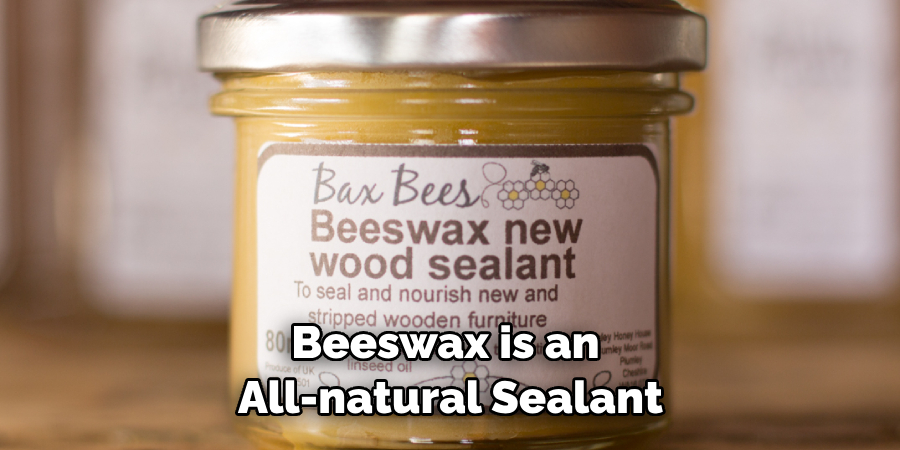
Required Items for Sealing Wood
No matter which sealant you choose to use, there are a few essential items you’ll need for the job. These include:
- A soft cloth or brush for applying the sealant.
- Sandpaper or steel wool to smooth out any rough edges in the wood before sealing.
- Protective gloves and safety glasses to protect your skin and eyes from any splashes.
- A vacuum cleaner to clean up any dust from sanding.
How to Seal Wood for Garden Bed in 10 Steps
Now that you know the basics of wood sealing, let’s go ahead and look at the steps for actually sealing wood in garden beds:
Step 1: Clean Thoroughly
Before you start applying the sealant, make sure that your wood is clean and free of any dirt or debris. Use a hose to spray off any loose particles, then allow it to dry completely before proceeding.
Step 2: Sand Rough Edges
Use sandpaper or steel wool to smooth out any rough edges in the wood. This will help the sealant to be more evenly applied.
Step 3: Apply Sealant
Put on your protective gloves and safety glasses, then use a brush or cloth to apply the sealant of your choice. Make sure that you’re applying it in even strokes and that it is covering all surfaces of the wood. Let it dry completely before moving on to the next step.
Step 4: Remove Excess Sealant
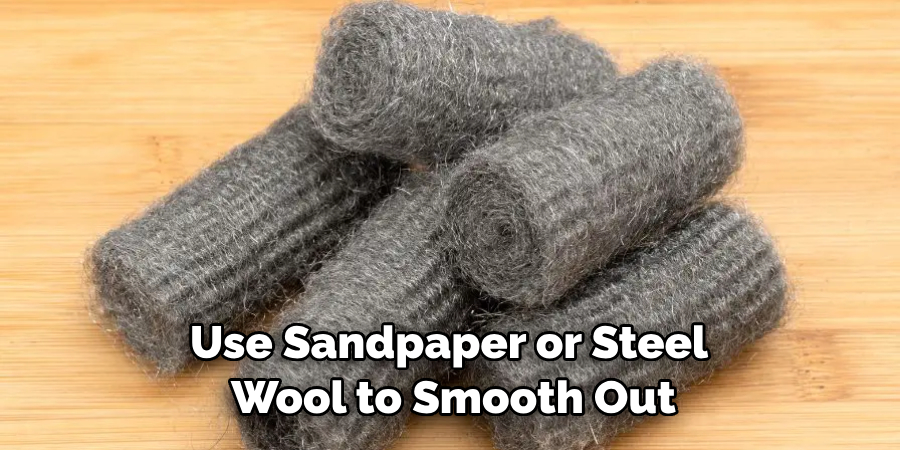
Once the sealant has dried, use a cloth or brush to remove any excess that may have been left behind. Make sure you’re working with light strokes so as not to damage the wood further.
Step 5: Allow it to Cure
Wait 24 hours for the sealant to cure completely. It’s important that you let it sit for this long so that it can form a strong bond with the wood and create an effective layer of protection.
Step 6: Apply a Second Coat (optional)
If you want, you can further protect your wood by applying a second coat of the sealant. This will provide an extra layer of protection and increase the longevity of your garden bed wood.
Step 7: Apply Finishing Coats (optional)
If you want to enhance the visual aesthetics, you can also apply finishing coats such as wax or paint. Make sure that you’re using the right sealant for this purpose and that it is compatible with the sealant you used earlier.
Step 8: Let It Dry Completely
Allow any additional coats of sealant or finishing coats to dry completely before using your garden beds. This will help ensure that they last for many years to come.
Step 9: Place the Beds in Place
Once everything is dry, it’s time to put the beds in place. Make sure that you’re following any local regulations when it comes to building garden beds.
Step 10: Enjoy Your Garden Bed
And finally, enjoy your newly sealed garden bed! With the right sealant and a bit of care, your wood should last for many years to come.
Following these steps on how to seal wood for garden bed will help you effectively seal wood for your garden beds, ensuring lasting protection and beautiful aesthetics. Make sure that you’re taking the necessary precautions to protect yourself and that you’re using the right type of sealant for your project. With a bit of know-how and patience, you can have a great-looking garden bed in no time!
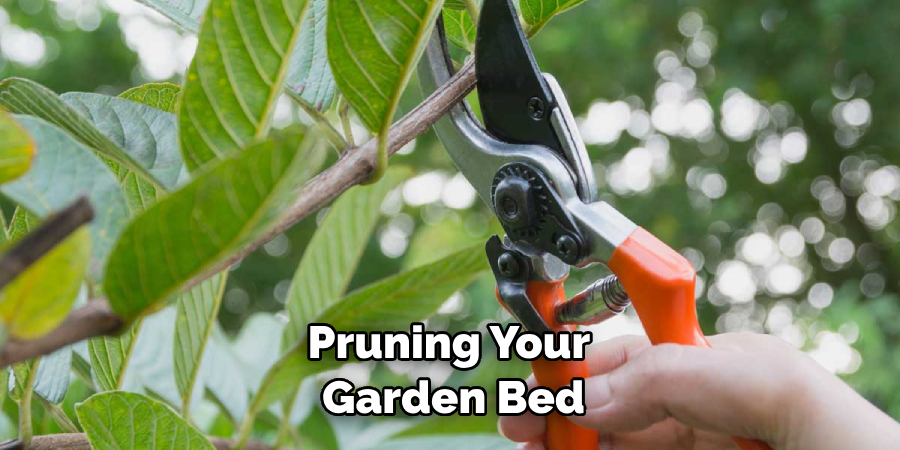
8 Maintenance Tips To Keep Your Garden Bed in Good Condition
- Seal the wood of your garden bed. Wood is a natural material that can suffer from rot and decay if not properly sealed and protected. You should seal your wood with an exterior-grade waterproofing sealant to ensure it stays resistant to moisture, fungi, and other pests. This will also help protect the wood from warping or splitting.
- Check for rot and decay regularly. It is important to inspect your garden bed every few months to make sure the wood is not rotting or decaying, as this can cause severe damage to the structure of the garden bed. If you notice any signs of rot, it should be treated immediately with a fungicide and further sealed with sealant to prevent further damage.
- Keep the soil loose and aerated. Regularly adding mulch, compost, or other organic material to your garden bed will help keep the soil loose and aerated, as this can promote plant growth and healthy root development. Additionally, you should avoid compressing the soil when planting plants in your garden bed, as this could inhibit root growth and hinder plant growth.
- Prune plants regularly. Pruning your garden bed helps keep plants healthy and free of dead or diseased branches, as well as promoting new growth. Additionally, pruning can help prevent overcrowding in the garden bed, which keeps plants from competing for resources such as nutrients and sunlight.
- Fertilize your soil. Adding organic fertilizer to your garden bed helps improve the overall health of your plants and encourages new growth. Additionally, fertilizing your soil can help replenish the nutrients lost from regular pruning and weeding, as well as promote healthier root development.
- Monitor for pests. Pests such as insects, fungi, and animals can cause considerable damage to your garden bed if not taken care of. You should regularly inspect your garden bed for signs of pests and treat the area as soon as possible with an appropriate pesticide.
- Weed frequently. Weeds invade gardens due to their ability to spread quickly and compete for resources such as light, water, and nutrients from other plants in the garden bed. It is important to weed your garden beds regularly to prevent weeds from taking over, as this can have an adverse effect on your other plants.
- Keep the garden bed well-drained. Poor drainage can lead to poor growth in your plants due to drowning out their roots and causing them to become waterlogged. To ensure proper drainage of your garden bed, it is important to make sure the soil is loose and aerated and to add a layer of mulch or other organic material to help absorb excess water. Additionally, you should avoid overwatering your garden bed as this can cause an abundance of standing water, which encourages the growth of pests and fungi.
Following these tips on how to seal wood for garden bed will help ensure that your garden bed is in tip-top condition and that your plants are able to thrive and flourish all year round. With just a little bit of maintenance, your garden bed can be an oasis in your backyard for years to come.
It is also important to remember that the type of wood you use in your garden bed will determine how much maintenance it needs. For example, cedar or redwood are naturally resistant to rot and decay, so they require less sealing and treatment than softer woods such as pine or spruce.
Additionally, cedar and redwood are more fire-resistant than other types of wood, which can be beneficial in areas prone to wildfires. Taking the time to select the right type of wood for your garden bed will help ensure it lasts for years to come with minimal maintenance.
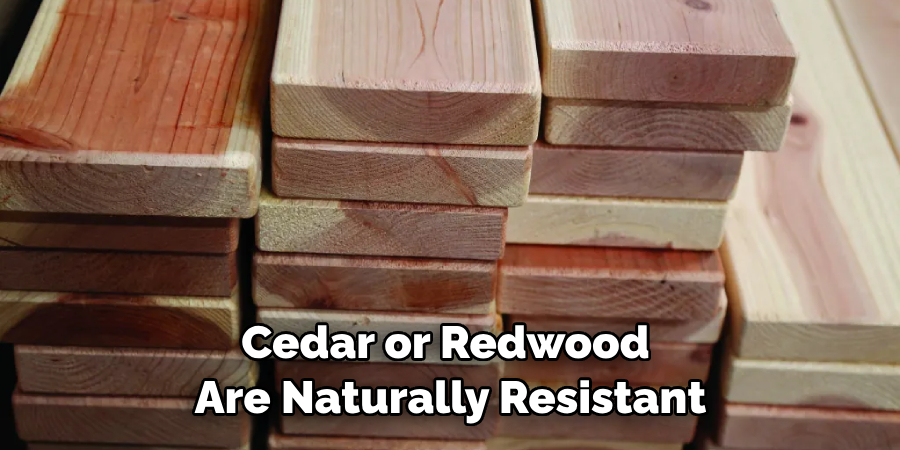
Frequently Asked Questions
How Long Will It Take to Finish the Project?
On average, sealing wood for a garden bed project should take around two hours from start to finish. This includes the time it takes to clean and prepare the wood, apply the sealant, and allow for any necessary drying times.
Also, be sure to factor in extra time for any potential problems that may arise, such as dealing with unexpected weather conditions or needing additional materials. Taking your time and doing the job correctly can save you from having to redo it in the future.
How Much Sealant Should I Use?
The amount of sealant you should use will depend on the size and shape of your garden bed. Generally speaking, you’ll want to apply a thick enough layer for the sealant to be effective in protecting the wood from water damage. Make sure you’re using an appropriate sealant for outdoor conditions – not all types are suitable. Apply an even layer and use a brush or roller to spread it out.
Conclusion
Sealing wood for garden beds isn’t rocket science, but it does take some amount of knowledge and skill to get the job done properly. It’s important to remember that not all sealants are equal, and different types of wood require different sealants. Before starting this project, research types of wood sealers best suited for garden beds, as well as any applicable safety precautions.
Taking these steps on how to seal wood for garden bed will help ensure your project is successful in creating a long-lasting, attractive garden bed. Lastly, while this project may seem daunting at first, with the right tools and materials, you’ll be sure to get a beautiful finished product that will stand up the elements and beautify your outdoor space for many years to come.

